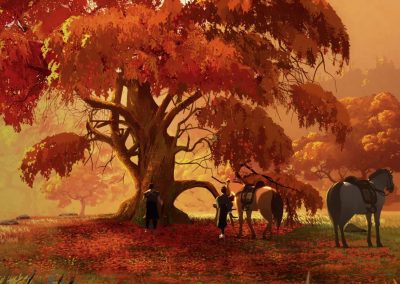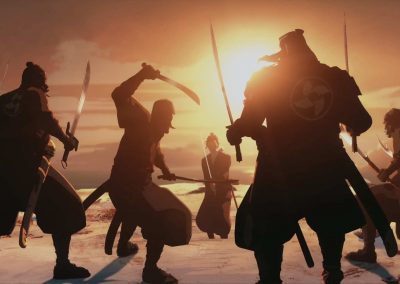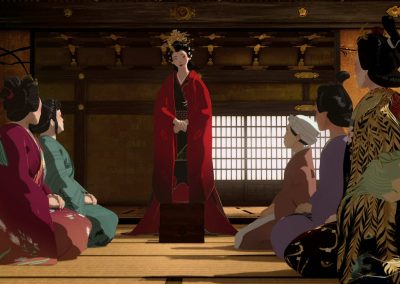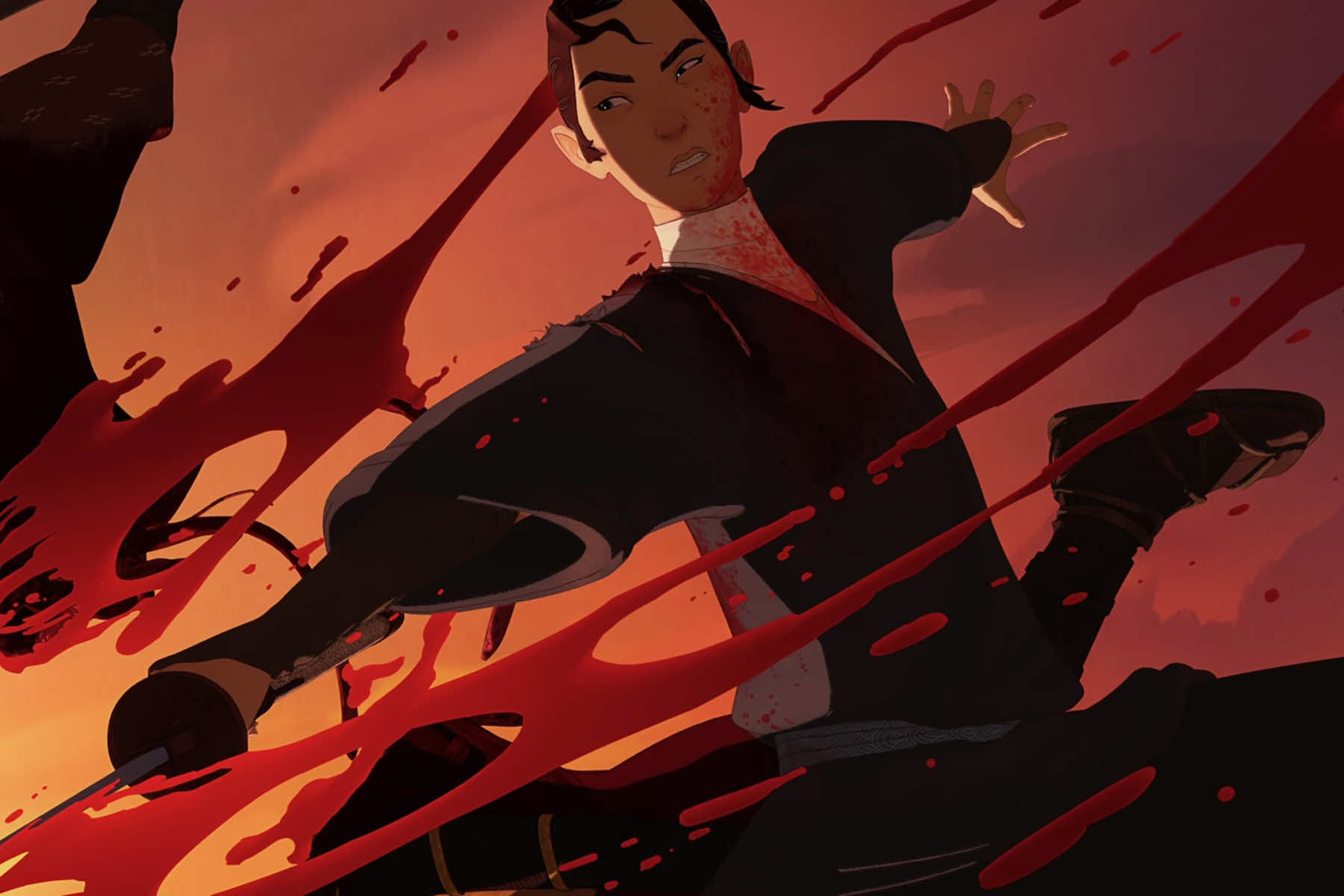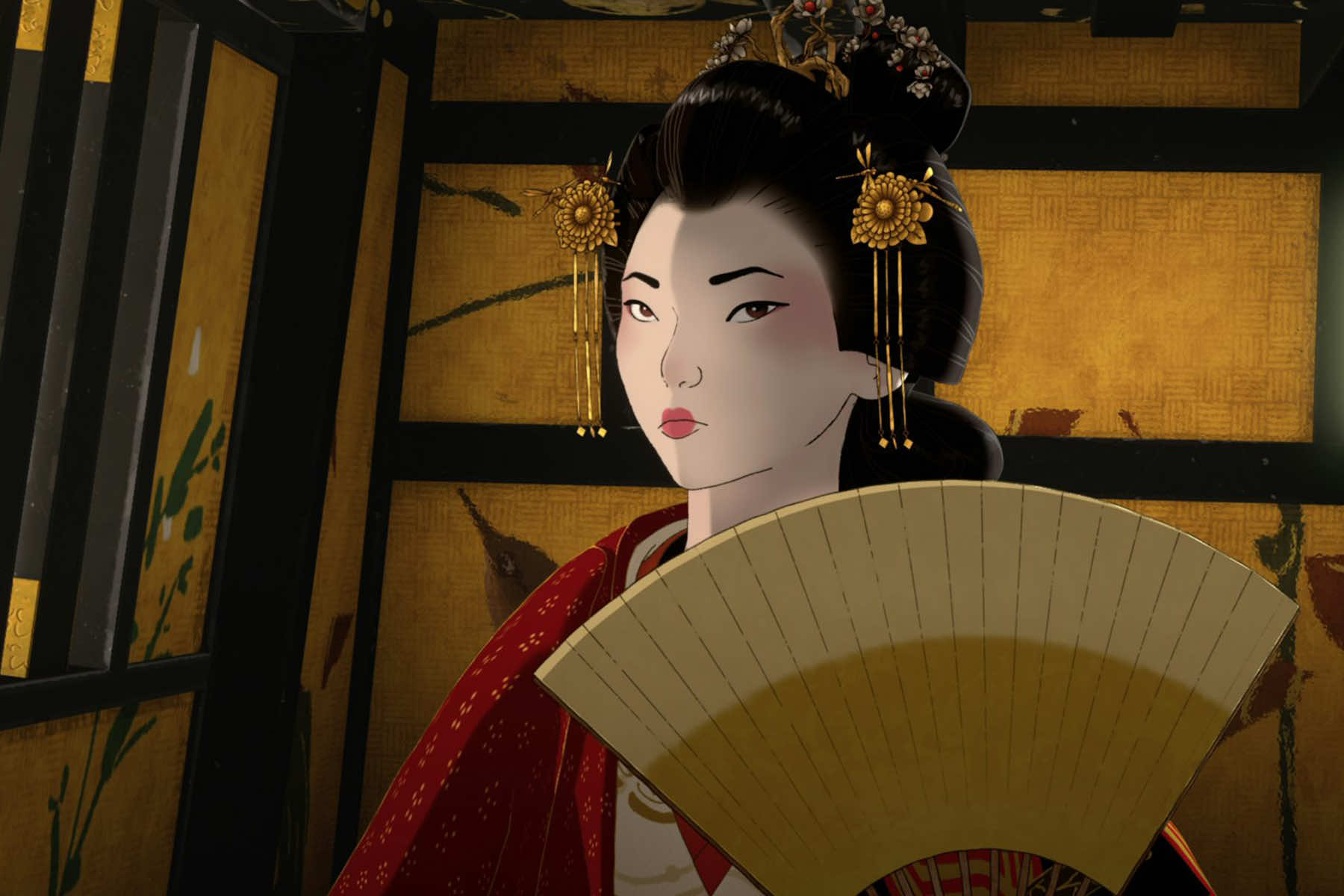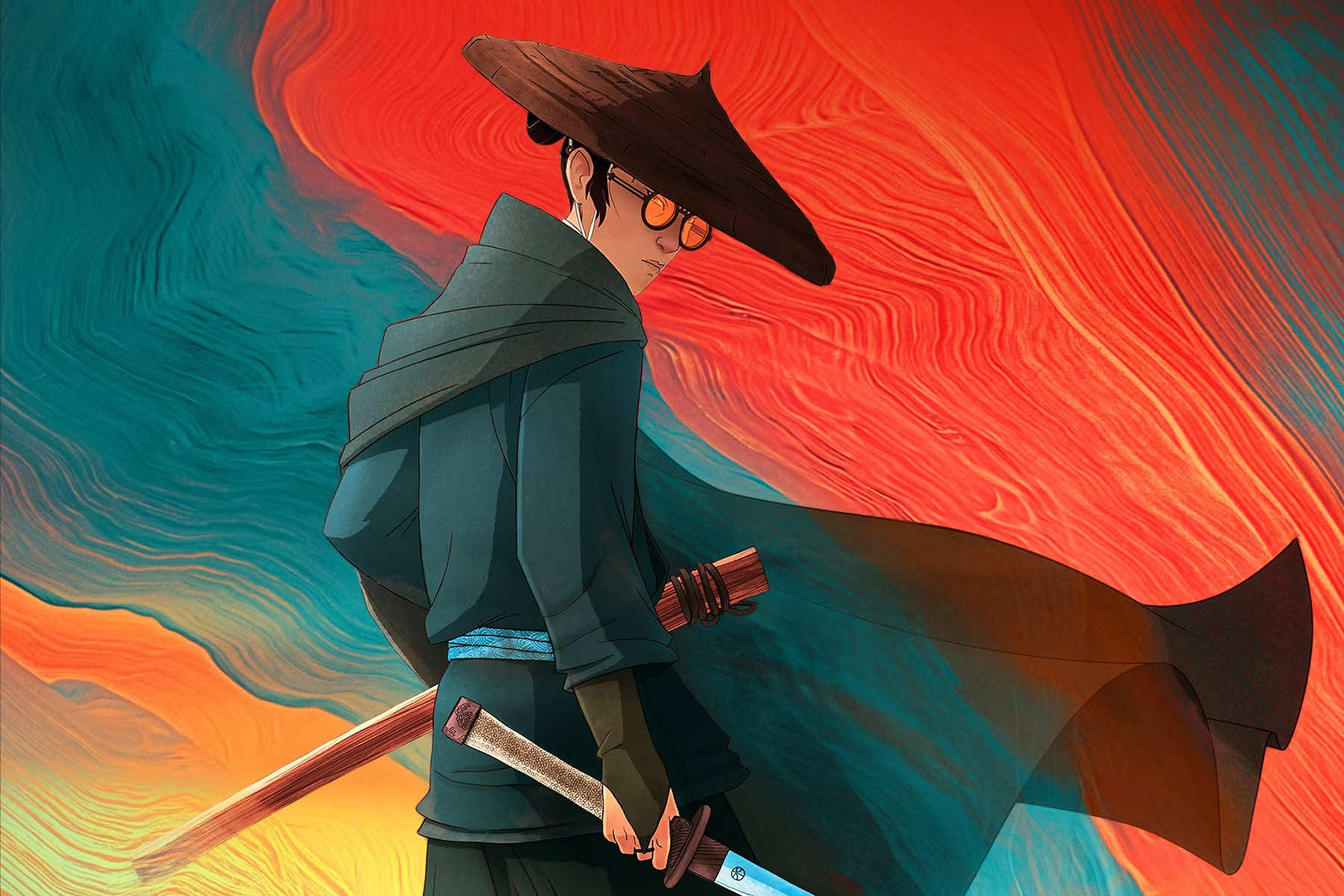
By Ruth Starr, Lecturer in History of Japanese art and architecture, Trinity College Dublin
Netflix’s Blue Eye Samurai is an anime series set during the opening decades of Japan’s Edo period (1603–1867), also known as the Tokugawa period.
Among other subjects, the series addresses the role of samurai, what life was like for women and people of mixed heritage, and violence in Edo-period Japan – with varying degrees of accuracy.
Japanese society was strictly stratified at this time, as the series frequently references. The hierarchy was ranked, in descending order, by: samurai, farmer, artisan and merchant classes.
Even in the early stages of the 1600s Edo period, the entire samurai ruling class centred around the role of the warrior. But by the time the series opens, in the 1650s, the country was unified – a political and economically stable society – and this meant that the role of the samurai was in decline.
However, the samurai still defended the ideals of loyalty, courage and honor. It is these ideals that motivate Blue Eye Samurai’s principal characters, Mizu, Ringo and Taigen.
Real people of mixed heritage in Edo-period Japan
Mizu (Maya Erskine) is a mixed heritage white and Japanese woman living undercover as a male swordsmaster. She undertakes a quest for vengeance against four British men (one of whom may be her father), who illegally remain hidden in Japan during Sakoku.
Under Sakoku, only Dutch traders were permitted entry to Japan, and were confined to a small man-made island off Nagasaki. The Tokugawa shogunate’s (Japan’s military government during the Edo period) isolationist policy effectively closed the country’s borders to all outside influences through a number of edicts from 1633 to 1639.
But it might help viewers of Blue Eye Samurai to know that during the preceding so-called Christian Century (1540 to 1630), the Japanese authorities had – with varying degrees of enthusiasm – accommodated a large number of foreign traders and pirates who were resident in Japan and active in Japanese waters. We can presume the four renegades are the remnants of these pirates – including Blue Eye Samurai’s main antagonist, the evil Abijah Fowler (voiced by Kenneth Branagh).
In the Edo period, women were expected to be subservient – but not weak. As the series depicts, women presented themselves as characteristically beautiful, with elaborate hair styles, makeup and clothing. They were supposed to be educated and compliant.
Mizu is particularly burdened by many of the stereotypes of Japanese society. Not only is she a woman, but she is of mixed heritage, something which is repeatedly referred to as being “less than human” or “impure”. She has to conceal her difference in a masculine disguise.
This is reminiscent of the fate of the children of William Adams, a 17th-century English sailor who became an honorary samurai. They disappeared from historical record after 1635. The series captures the covert presence of any person of mixed European and Japanese heritage during this time.
The real upper classes in the Edo period
The life of the upper classes, and the choices open to them, is depicted in accurate detail in the portrayal of Akemi (Brenda Song) and her family.
Although called a “princess” (perhaps for clarity to western audiences unfamiliar with Japan’s royal hierarchies) her status is more that of a “lady,” as she is not of royal blood. Her father (Patrick Gallagher) is a self-made lord. Nonetheless, as the Japanese emperor’s role was essentially ceremonial in this period, power did lie with feudal lords such as her father. It is accurate to suggest, as the show does, that he would gain higher social status by marrying off Akemi to a member of the ruling shogun family.
The strong willed “princess” Akemi excels at many of the fine arts and courtly practices as expected of a woman of their class. This includes tea ceremonies, Renku poetry, flower arrangement, painting, dancing and the game of Go.
We follow her as she deploys these skills to achieve independence in a patriarchal society, including resorting to becoming a geisha – who had similar skills to women of the ruling classes. Although initially repulsive to her, in the end she accepts that marriage to the new shogun’s brother, rather than to her childhood sweetheart Taigen (Darren Barnet), will allow her an active role in the shogunate’s court.
Some people in Edo-period Japan lived outside expected gender roles, including geisha. They could run their own business, and the life offered women a level of independence unknown to the other classes, as demonstrated by the character of Madame Kaji (Ming-Na Wen).
The reality of violence in Edo period Japan
The vivid violence in Blue Eye Samurai suggests that life in the unified Edo Japan was a lot less peaceful than reality. Due to the long Edo period’s economic and political stability, the role of a samurai as a warrior had become reduced to a largely ceremonial one. Sword skills were demonstrated in stylized duels and challenges over honor, rather than on the battlefield.
The hostility between Mizu and Taigen is plausibly founded on the latter’s perceived loss of honour after losing their duel. However, a storyline suggesting that Fowler will succeed in usurping the shogun because he has access to firearms, which would trump the Japanese weapons of swords and spears, is a little disingenuous.
In reality, there were gunsmiths in Japan producing guns throughout the Edo period, and for a century before this story is set. As guns required less skill to wield than the sword or the bow, they were seen by some samurai as contrary to their values. The sword was simply the more practical weapon in the average small-scale Edo-period conflicts.
Despite diverging from some of the history, overall The Blue Eye Samurai is an enjoyable, fairly accurate and visually sumptuous tale of Edo-era Japan.
Netflix
Originally published on The Conversation under a Creative Commons license as Blue Eye Samurai: historian explains what the Netflix series gets right and wrong about real Edo-period Japan
Support evidence-based journalism with a tax-deductible donation today, make a contribution to The Conversation.

